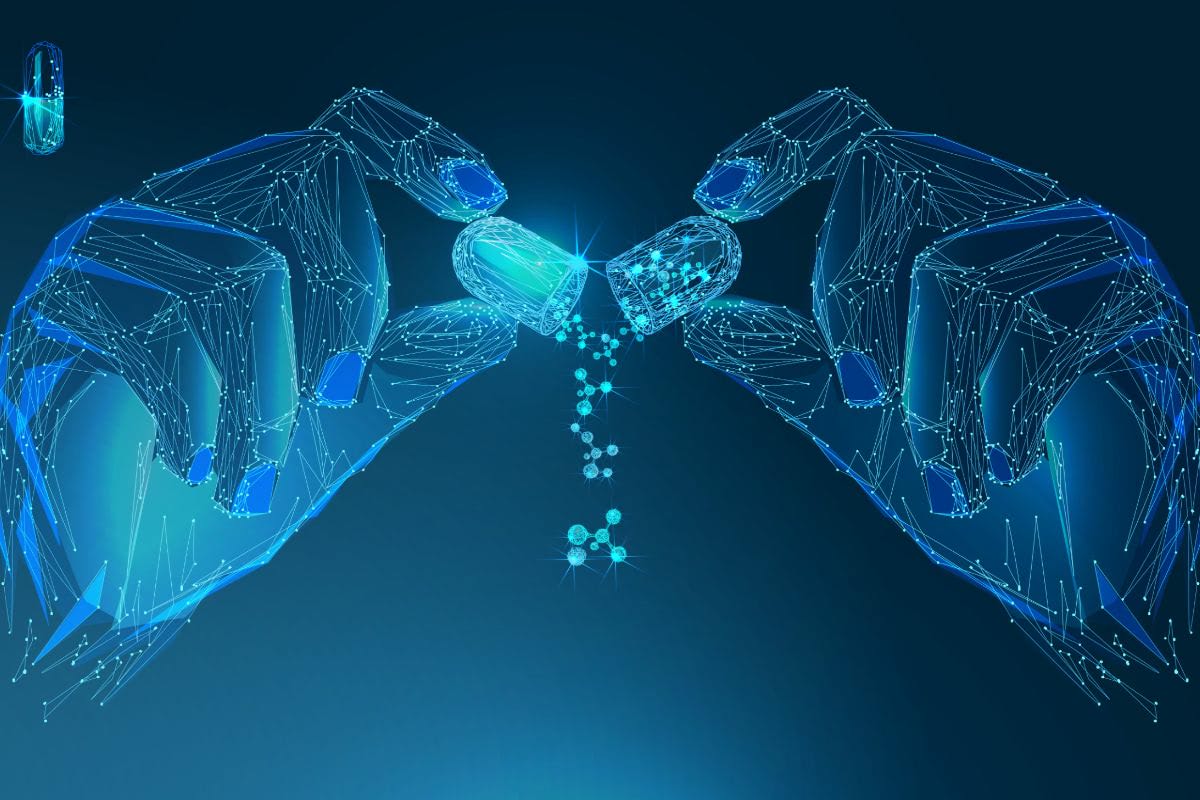Caught in the Web of Digital Addiction
With the prevalence of social media across the World Wide Web, teenagers and young adults are now more than ever developing a dangerous and addictive attachment to digital platforms and social networking.
While the issue of social media fixation may not be relatively new, it remains a pressing matter among today’s generation. You’ve heard and seen it all: phones glued to the hands of teenagers walking down the streets, children holding on to their iPads, and even an onslaught of digital influencers taking over one’s screen at every scroll of the thumb. It’s almost impossible to escape.
One might argue that today’s age offers unprecedented technological accessibility, allowing us to delve into previously unimaginable digital worlds. Yet what one often fails to comprehend is that this very ease of access to digital mediums is one of the leading contributors to physical and mental degeneration, much like drugs.
In a talk held by the Department of Communication, Arts and Languages at the School of Arts and Sciences under the title Digital Heroin, Distractions and the Downgrading of the Future Generational Class, Instructor of English Deema Dakakni examined the compulsive behaviors bred by the internet and social media dependence among the younger generations in light of those present among drug addicts.
“The same devices we pride ourselves on for facilitating our lives are the same devices that isolate and distract us socially, emotionally and mentally,” said Dr. Dakakni. “The internet affects the brain the same way other influencing chemicals do.”
Our feelings of pleasure, motivation and learning are controlled by the level of dopamine, a feel-good neurotransmitter that is also responsible for other essential functions, such as movement and memory. The internet and other digital platforms, however, have a way of affecting neurotransmitters and triggering the release of dopamine, thereby hindering our ability to calculate spatially and emotionally.
So, how does one become addicted to the internet? As evidenced by the brain imaging scans Dr. Dakakni displayed in her talk, “digital technological devices leave the brain’s frontal cortex under an influence similar to that of cocaine,” she explained. This, in turn, produces a rush of dopamine that the brain remembers and later associates with addictive substances, she added.
With so many names attributed to it – “electronic cocaine,” “digital heroin” and even “digital pharmakeia” (Greek for drug) – social networking entraps its users in the loop of a short-term reward system: The more you engage with social media, the more interactions you are likely to cultivate, and the more such interactions are fostered, the greater the need for social media becomes.
This is exacerbated by the fact that social media platforms, such as Instagram, use the Variable-Ratio Reward Schedule System, meaning that instead of being given one reward – or “like” – at a time, the system collects these notifications and reinforces them all at once, creating a more gratifying sense of achievement.
“The more you engage with the loop, the more you are strengthening the connection between this kind of addiction and the brain,” stated Dr. Dakakni.
Dr. Dakakni also explained the intricate relationship between dopamine loops which are essentially based on the principle of “quick rewards, short delay,” thus influencing students’ attention span and making them shorter with time. Consequently, as their critical reading capacities are left debilitated, students lose the ability to read analytically or at depth.
For this reason, Dr. Dakakni proposed a set of “digital detox” activities that can help mitigate social media fixation and naturally produce not only dopamine but also other neurotransmitters, like endorphins, oxytocin and serotonin, at a moderate and pleasurable rate through aerobic exercise, gratitude practice and tactile stimulation like petting animals.
Among others, reading and journaling occupied the highest forms of activities in terms of priority, as they fire up the brain’s functions, such as visual and auditory processes, comprehension, fluency and more.
Additionally, spending time in nature and practicing mindfulness meditation are two effective ways to take a break from technology and recharge the mind and body, given that “nature offers a tranquil setting where you can disconnect from the digital world and reconnect with the present moment,” as well as immersing the viewer in variegated shades of green and blue, two of the most dopamine-producing colors.
